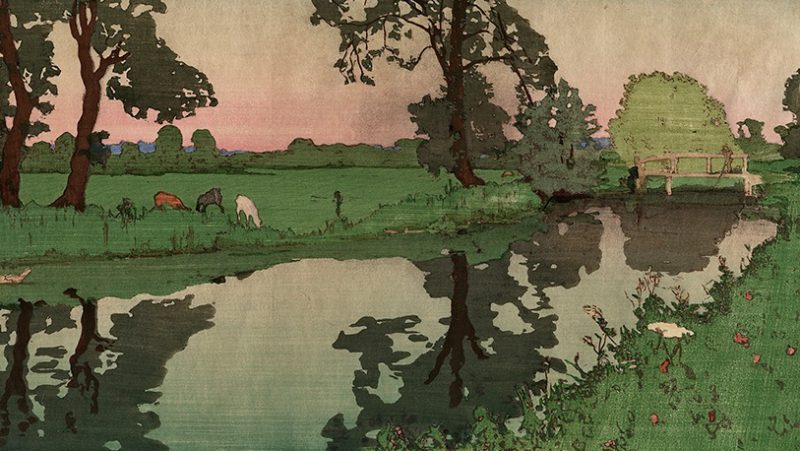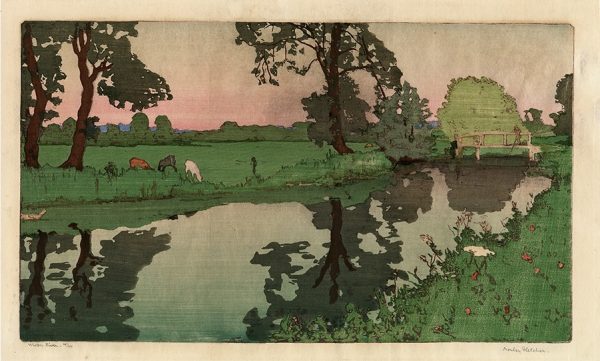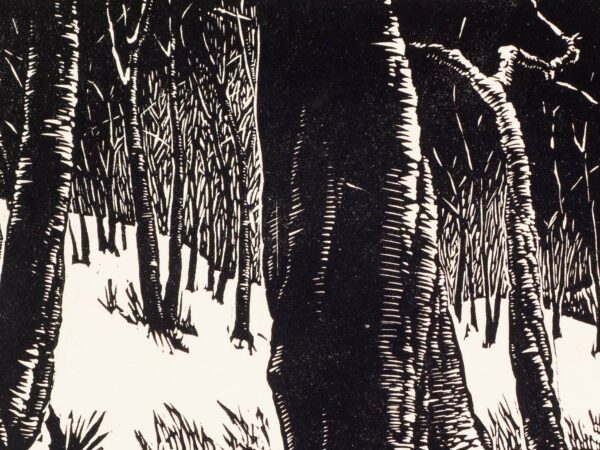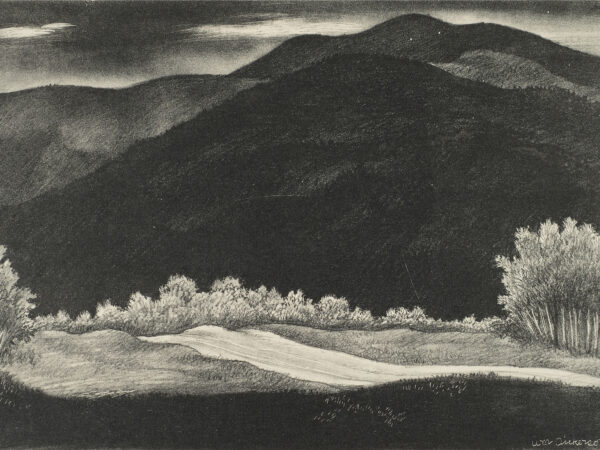
Prints and Print Makers in Wichita, 1916-1946: C. A. Seward and Friends
March 30 - August 4, 2013
Paul Ross Gallery
Scott and Carol Ritchie Gallery
About This Exhibition
In the early decades of the 20th Century, Wichita developed an active arts community and rose to prominence as a national center for print making. Artist, print maker, commercial graphic designer, arts leader, and community advocate Coy Avon Seward (1884-1939) had a leading role in these activities and the city’s artistic eminence. This exhibition reveals the network of friends and artist compatriots surrounding Seward as he worked to place his state and city on the national radar. Further, it showcases the importance that Seward and others in his orbit placed on making art an accessible and integral part of daily life for people from all walks of life.
As print curator Kate Meyer noted in her 2011 catalogue essay on the artist: “[Seward] produced over 150 prints, was regarded as one of the ten best print makers in the Midwest in a 1936 survey, and his images were included in major national and international print exhibitions of his time….[He] mentored others, established social connections and organizations devoted to art, and extended his influence well outside the local sphere.” In short, Seward greatly contributed to the thriving scene and prominence for the arts and print making in Wichita.
The exhibition is guest curated by Barbara Thompson, granddaughter of C. A. Seward. The majority of the artwork on loan derives from her expansive and distinguished personal collection. The exhibition coincides with the inaugural C.A. Seward Visiting Print Maker Program at the School of Art and Design at Wichita State University. Artist Francisco Souto is the first Seward visiting print maker at WSU, and he speaks at the Wichita Art Museum on April 4, 2013.

Frank Morley Fletcher, Wiston River, 1911. Color block print. Courtesy Barbara Thompson

